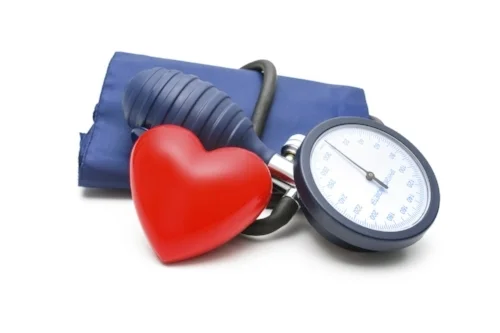EXERCISING WITH HIGH BLOOD PRESSURE
A lot of people have been told by their GP/consultant that they have high blood pressure and may be looking for safe ways of reducing it. You may have been given medications to bring it down if it is very high or been told to ‘lose weight and exercise more’. Unless you’ve been given specific information about exercise you may not know where to start.
Please download my free guide ‘*7 Ways to Reduce Your Blood Pressure Naturally*’ which you may find useful.
If you have high blood pressure and want to exercise, the best piece I can give you is to listen to your body. How you feel during exercise should dictate the frequency and intensity of your workouts. While it is possible to lose weight while reducing your blood pressure, your top priority is to neutralize the threat of blood pressure before you push yourself toward more difficult exercise goals. To do this, consistency is essential. Frequency (the number of exercise sessions per week) is more important than intensity (how hard you are working), especially when you are starting out.
Below I have set out some recommendations, both for aerobic exercise (cardio) and resistance exercise (weights). All of the exercise recommendations assume that your blood pressure is under control (whether through medication or diet) and is monitored by a doctor. If you are unsure or would like a blood pressure ‘MOT’ please get in touch.
Aerobic Exercise Recommendations (cardio)
If you are new to exercise or haven’t exercised in awhile, start slowly and increase the time and intensity of your workout as you get stronger. A good starting point is 30 minutes of cardiovascular activity, 3 days per week. Examples include walking, swimming and biking.
- If 30 minutes is too much, start with 10-20 minutes and increase from there. Eventually, the goal is to work up to 45-60 minutes, 5 days per week. This doesn’t have to be at a gym. It can be a brisk walk, cycle, dance class, etc.
- It is important to warm up before and cool down after each exercise session (10 minute warm up, 10 minute cool down). An easy way to do this is to start at home, marching on the spot or using a stair to step up and down, gradually increasing the pace.
- Monitor your exercise intensity by using the RPE scale (Rate of Perceived Exertion). The scale goes from 1-10. Imagine a 1 is sitting on the couch and a 10 is an all out sprint. You ideally need to perform a warm up to bring you gradually up to a 5/10 and then work at a 5-6/10 for 30 minutes. A 5-6 should feel like you are exercising yet you can comfortably hold a conversation and can keep going for a lot longer. This will ensure a safe and comfortable level of exercise.
- The best activities to do are the ones you enjoy and will stick with. Join a walking/ramblers club or meet a friend for coffee and go for a brisk walk first. You are more likely to do exercise if you do it with a friend or partner.
Resistance Training
Many people with hypertension avoid strength training because they are afraid that it will increase their blood pressure. But research shows that strength training can actually help to reduce blood pressure (Journal of Hypertension 2005, Vol 23 No 2).
If you have high blood pressure, you should avoid strenuous strength-related activities, in particular anything that requires you to hold your breath. Activities of this type, including isometric strength training (an exercise that uses one small muscle only), may cause excessively high blood pressure responses and are potentially dangerous for many people with hypertension.
Safe resistance training tips:
- Lift lighter weights for a higher number of reps. (A good weight is one that you can lift for 12-15 repetitions in good form without holding your breath)
- Move continuously throughout each exercise (to avoid an isometric hold)
- Breathe throughout each exercise (exhaling as your exert effort or lift the weight and inhaling as you return to the starting position)
- DO NOT lifting maximum weights, *perform isometric contractions, or hold your breath*. (These practices result in excessive blood pressure responses and should be avoided.)
It is recommended that people with hypertension follow an exercise programme with a combination of cardio and resistance. You can separate these into different days or perform on the same day. If doing resistance and cardio on the same day it is best to perform your cardio first.
Exercise Considerations
Some medications (such as beta-blockers) lower both your resting heart rate and your heart rate when working out. Therefore, when exercising, your heart rate will NOT reflect how hard you are actually working. Therefore it is important to use the RPE scale to measure how hard you are working.
Exercise is a great way to help lower your blood pressure in combination with a healthy diet and your doctor's treatment program. Remember to always consult your doctor before starting an exercise program and to listen to your body - especially when starting out.
Get in touch if you would like to know more about exercises specific to your needs and we can talk about a personalized exercise programme for you.
Download our Free Guide - '7 Ways to Reduce Your Blood Pressure Naturally' HERE.
Until next time, have a great week!

